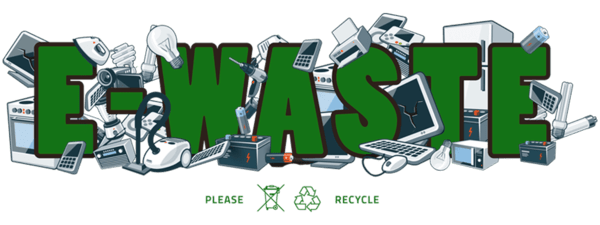
E-Waste banned from landfill
What is E-Waste
Electronic waste, or ‘e-waste’, describes electrical or electronic equipment with a power cord or battery (including batteries). These once useful items cover a range of electronic items including televisions, computers, mobile phones, kitchen appliances and white goods.
E-waste is growing three times faster than general municipal waste in Australia. Importantly e-waste will be banned from landfill as of 1 July 2019.
Why it’s dangerous
E-waste contains hazardous materials, which can harm the environment and human health, and valuable materials, which are scarce and worth recovering. For both these reasons, it is important it is well managed.
Poor practices for the collection, storage and handling can lead to air, soil and water pollution due to fugitive dusts, volatisation, leaching and runoff. E-waste that is not whole poses a higher risk and it must be managed accordingly. Additional measures will therefore be required for storing and handling what is broken, crushed or shredded.
Safely disposing of E-waste
Everyone has the following responsibilities when it comes to the management of e-waste or waster management in general:
› Store, handle and transport it appropriately to prevent breakage and contamination with other wastes.
› Ensure it is received by appropriate e-waste reprocessor or collector (local transfer station or retailers participating in product stewardship schemes).
Cleanaway give a detailed explanation of how they recycle E-Waste and a list of places you can dispose of your E-Waste safely can be found here. We all have an obligation to dispose of our waste in a sustainable manner, please do so appropriately.https://salt3.com.au/waste-engineering-and-planning/
